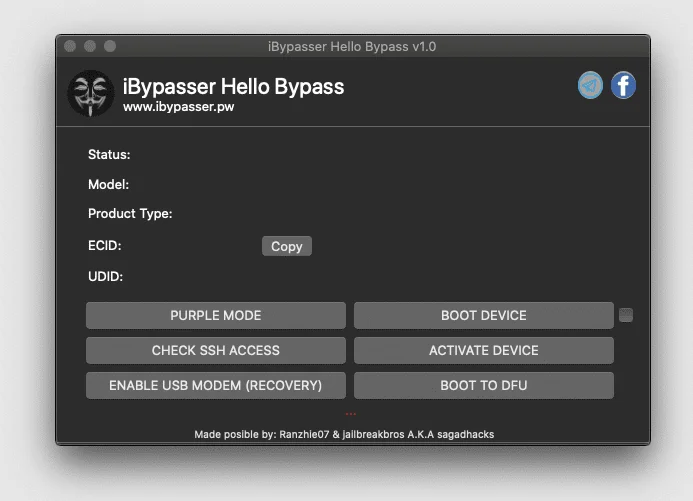After updating to iOS 17.1, some iPhone 15 Pro users have reported a severe delay in the Tap to Wake feature. This issue has left many users frustrated as they rely on this feature to quickly check their notifications and messages without having to unlock their phone. The delay in Tap to Wake has been reported on various forums, including the Apple Community and MacRumors.
The problem seems to occur when the Always-On Display (AOD) feature is active. Users have reported that tapping the screen while the AOD is active results in a noticeable delay, which can last up to a few seconds. The delay is disrupting the user experience and causing inconvenience for many iPhone 15 Pro users. Some users have tried restarting their device, disabling AOD, and resetting their phone’s settings, but the issue persists.
Apple has not yet released an official statement regarding this issue. However, some users have found a temporary solution by disabling the AOD feature or by turning off the Tap to Wake feature altogether. It is unclear whether Apple will release a software update to fix this issue or if users will have to wait for the next iOS update.
Tap to Wake Delay on iPhone 15 Pro
Some iPhone 15 Pro users have reported experiencing a delay when using the Tap to Wake feature after updating to iOS 17.1. This issue has been reported on various forums and discussion boards, and it seems to be affecting a small percentage of iPhone 15 Pro users.
Tap to Wake is a feature that allows users to wake up their iPhone’s screen by simply tapping on it. However, some users have reported that the feature is severely delayed, taking up to a second to wake up the screen after tapping it. This delay can be frustrating for users who are used to the feature working instantly.
While the cause of the Tap to Wake delay is not yet clear, some users have reported that disabling the Always-On display wallpaper and VoiceOver can help alleviate the issue. Additionally, restarting the iPhone or resetting all settings may also help resolve the issue.
It’s important to note that not all iPhone 15 Pro users are experiencing this issue, and it may be related to individual device configurations or settings. Apple has not yet released an official statement regarding this issue, but it’s possible that a future update may address this issue for affected users.
In the meantime, affected users can try the aforementioned troubleshooting steps or reach out to Apple Support for further assistance.
Impact of iOS 17.1 Update
Technical Aspects
The iOS 17.1 update brought a number of technical changes to the iPhone 15 Pro that affected the Tap to Wake feature. Specifically, the update caused the feature to become severely delayed, with users reporting that it could take several seconds for the screen to wake up after tapping it. This issue appears to be related to a change in the way that the device’s hardware interacts with the software, and it has been a major source of frustration for many users.
User Experience Issues
The delayed Tap to Wake feature has had a significant impact on the user experience for many iPhone 15 Pro owners. In addition to the frustration of having to wait for the screen to wake up, users have reported that the delay can cause them to miss important notifications or calls. This has led to a number of workarounds, such as disabling the feature altogether or using alternative methods to wake the device.
While Apple has acknowledged the issue and released a subsequent update (iOS 17.1.1) to address it, some users have reported that the problem persists even after installing the new software. As such, it remains to be seen whether the Tap to Wake feature will ever return to its previous level of performance on the iPhone 15 Pro.
Overall, the impact of the iOS 17.1 update on the Tap to Wake feature has been significant, with many users experiencing delays and other issues that have affected their ability to use the device effectively. While Apple has taken steps to address the issue, it remains to be seen whether these efforts will be successful in restoring the feature to its previous level of performance.



Leave a Reply